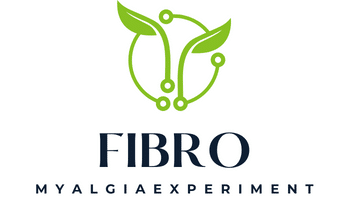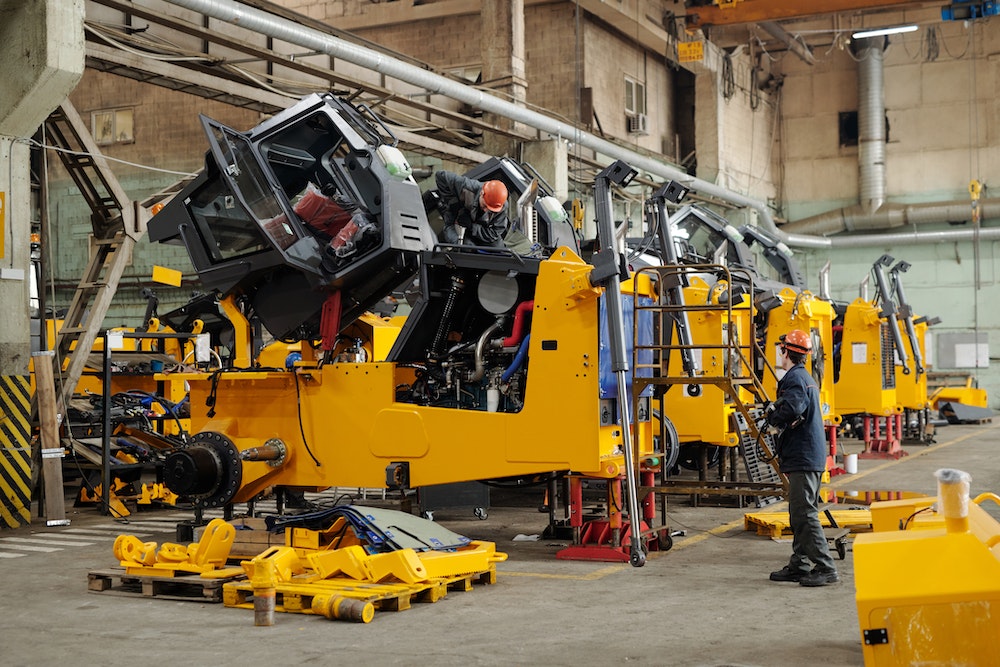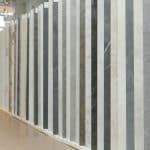In the realm of lighting technology, quantum dots (QDs) are sparking an exciting revolution. These tiny particles, so small they defy traditional physics, have emerged as a game-changer for LED lighting, promising unprecedented levels of efficiency, color quality and energy savings.
In this article, we will delve into how these quantum particles work, their advantages over conventional lighting solutions, and how they are being integrated into LED technology to enhance performance and efficiency in a big way.
A découvrir également : Can Smart Fabric Sensors in Athletes’ Clothing Prevent Overtraining Injuries?
What Are Quantum Dots and How Do They Work?
Quantum dots are nanoparticles that range from 2 to 10 nanometers in diameter — about 10,000 times smaller than a human hair. But what sets these tiny dots apart is their unique ability to emit light of different colors when exposed to light or electrical energy.
A quantum dot absorbs energy, which excites its electrons, causing them to leap to a higher energy level. When they return to their original state, they release energy in the form of light. The color and intensity of this emitted light is determined by the size and composition of the quantum dot.
A découvrir également : What’s the Potential of 5G-Enabled Drones for Emergency Medical Supply Delivery?
Naturally, smaller quantum dots emit blue light, while larger dots give off red light. Colors in between are achieved by varying the size of the quantum dots. This fascinating property has made them a promising material in several applications, including lighting and display technologies.
The Inefficiencies of Traditional LEDs
In a traditional LED, a blue LED chip is coated with a yellow phosphor to produce white light. However, this process is not without its shortcomings.
For one, there’s a considerable loss of energy during the color conversion process. The blue LED light has a high energy level, while the yellow light has a lower energy level. Consequently, much of the energy is wasted as heat during the conversion, reducing the overall efficiency of the LED.
Secondly, traditional LEDs struggle with color quality. Since the white light is produced by combining blue and yellow light, the resulting light spectrum is incomplete, missing several colors. This results in a less than ideal color rendering index (CRI), which can give objects under the LED light an unnatural appearance.
Quantum Dots: A New Era for LED Efficiency
Now, let’s look at how quantum dots are stepping in to address these issues and boost the efficiency of LED lighting.
Enhanced Color Quality with Quantum Dots
Quantum dots can be engineered to convert high-energy blue light into any color in the visible spectrum. This is achieved by simply adjusting the size of the quantum dots, allowing for a near-perfect light spectrum, which enhances the color quality of the LED light.
Furthermore, quantum dot-based LEDs can achieve a high color rendering index (CRI) of over 90, which provides a more natural and vibrant lighting experience compared to traditional LEDs. The ability to deliver superior color performance without compromising on energy efficiency is a major advantage of quantum dot technology.
Increased Energy Efficiency with Quantum Dots
Quantum dots are also more energy-efficient than traditional phosphors used in LEDs. They are capable of converting a higher percentage of blue light to other colors, which reduces the amount of energy wasted as heat during the conversion process.
Quantum dot-based LEDs also exhibit a high luminescent efficiency, meaning they produce a lot of light from a little energy. This is a big deal, particularly in an era where energy consumption and efficiency are critical considerations.
Quantum Dot LEDs: Lighting the Way Forward
Already, quantum dot technology is being integrated into LED lighting and display solutions. For example, quantum dot LEDs (QLEDs) are becoming increasingly popular in televisions and displays thanks to their superior color quality and energy efficiency.
But the potential applications for quantum dot LEDs are vast. As the technology matures and becomes more affordable, we could start seeing quantum dot LEDs being used in everything from lighting in homes and offices to public spaces and vehicles.
In conclusion, quantum dot technology presents a significant step forward in LED lighting. It provides a solution to the inefficiencies of traditional LEDs, improving color quality and energy efficiency. With more research and innovation, quantum dot LEDs are poised to revolutionize the lighting industry. But for now, it’s safe to say that the future of LED lighting is looking bright, and it’s illuminated with quantum dots.
Quantum Dots and Their Integration in LED Technology
Quantum dots offer a new way of tackling the inefficiencies of traditional LEDs. They possess the unique trait of being able to convert high-energy blue light to any color in the visible spectrum just by fine-tuning their size. This results in a nearly flawless light spectrum which greatly enhances the color quality of the LED light.
In LED displays, the use of quantum dots results in a wider color gamut, which means more colors can be displayed and they appear more vibrant to the human eye. This is a notable advantage over traditional LEDs which struggle with a limited color gamut due to their reliance on blue and yellow light conversion.
Furthermore, the energy efficiency of quantum dots surpasses that of the traditional phosphors used in LEDs. They are proficient at converting a higher percentage of the blue light to other colors, minimizing the amount of energy wasted as heat during the conversion process. This high luminous efficiency means that quantum dots can generate a high volume of light from a small amount of energy, making them a more sustainable option.
The marriage between quantum dots and LED technology is visible in the development of quantum dot LEDs (QLEDs). QLEDs have been well-received in the television and display technology industry due to their superior color quality, energy efficiency, and light extraction capabilities.
The Future of Quantum Dot LEDs
As we look towards the future of LED lighting, it is clear that quantum dots are playing a pivotal role. The integration of quantum dot technology in LED lighting is not only enhancing the performance and efficiency of LEDs but is also paving the way for new applications.
Already, QLEDs have made their mark in the television and display technology industry. However, the potential applications for quantum dot LEDs extend far beyond this. As the technology becomes more mature and affordable, we could soon see quantum dot LEDs being utilized in a myriad of settings – from lighting in homes and offices to public spaces and even in vehicle lighting.
Quantum dots not only enhance the color gamut of LEDs but also significantly improve their luminous efficiency. By doing so, they tackle two major shortcomings of traditional LEDs: color quality and energy efficiency. As the field continues to innovate and evolve, it is likely that the use of quantum dot LEDs will become more widespread, potentially even becoming the standard for all LED applications.
In summary, the future of LED lighting is indeed bright, thanks to the use of quantum dots. The innovative use of these nanoparticles is set to revolutionize the world of lighting, bringing us closer to achieving more energy-efficient and color-accurate lighting solutions. As research and innovation continue to drive progress, it is clear that quantum dots are lighting the way forward for the LED industry.






